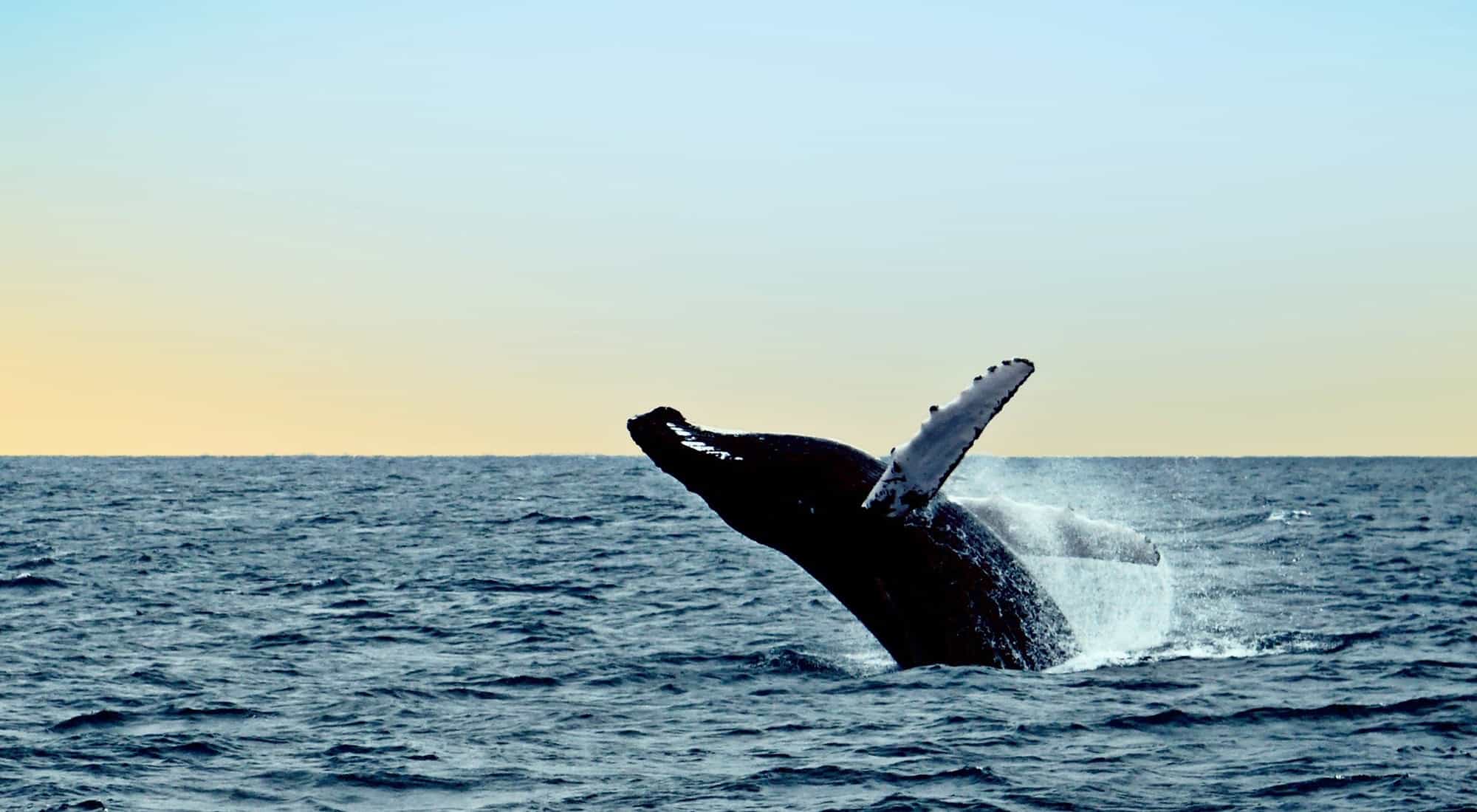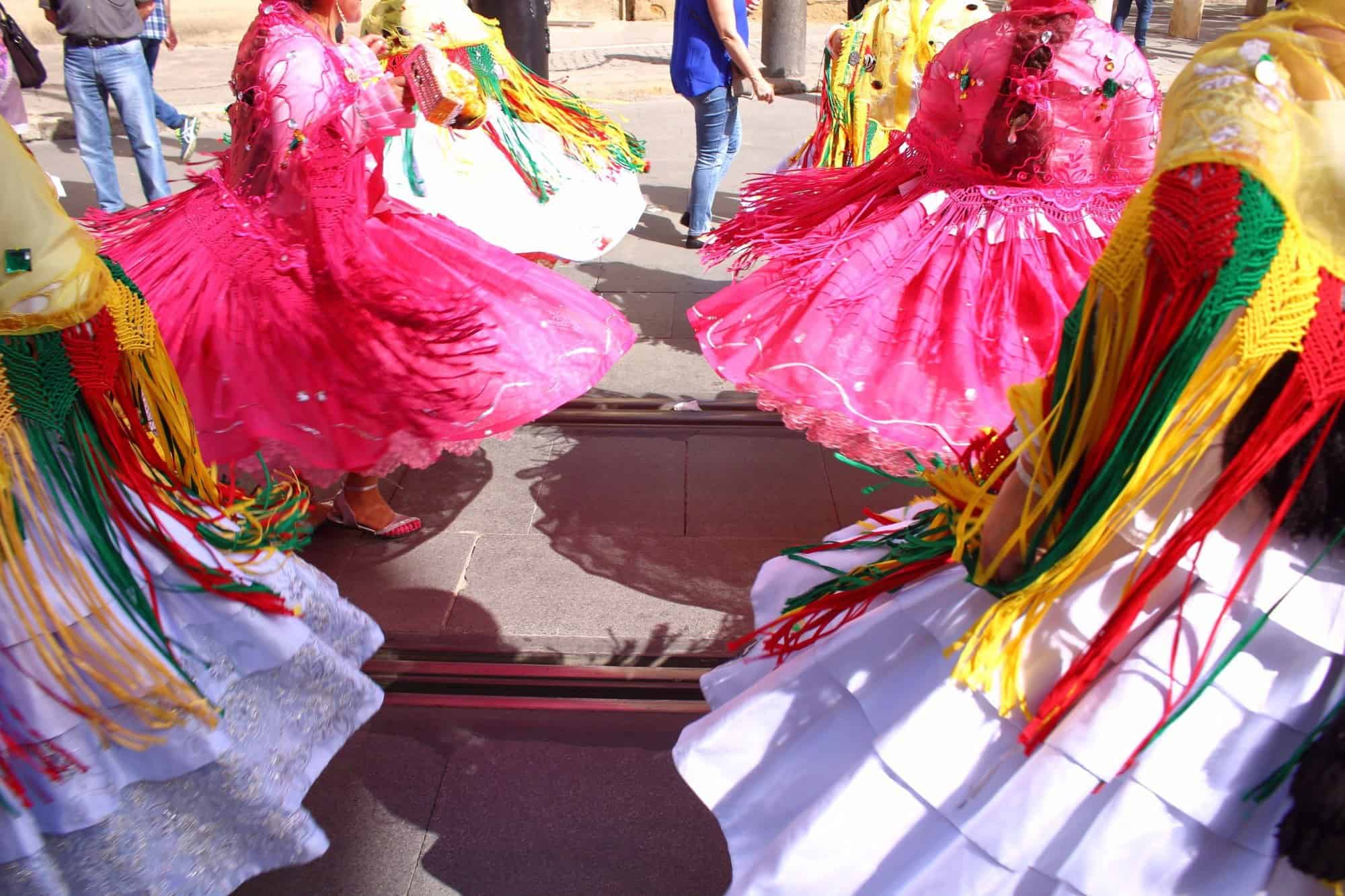Southwest of New Zealand’s South Island is a mountainous area known as Fiordland. This region of New Zealand boasts many fjords and should not be missed by tourists interested in the natural world.
There are 15 named maritime fiords in New Zealand, the best of which are named below along with how to get there and the top activities for tourists.
Before planning a trip to the fiords, overseas visitors should arrange the correct visa or New Zealand eTA depending on their nationality.
What caused the fiords in New Zealand?
Fiords were created during the last Ice Age. In a process called glaciation, glaciers in New Zealand carved into the earth and then, some 10,000 years ago, retreated leaving behind dramatic new landscapes.
The resulting narrow and very deep inlet was then filled with seawater creating what we now know as fjords. Fjords connect to the sea and reach far inland.
As well as in New Zealand, impressive fjords can be found in Norway, Alaska, and Greenland. How the fiords were made remains the same, but each fiord is unique.
In New Zealand, fiords are usually called sounds, meaning a narrow channel of water such as a straight.
Fiords worth visiting in New Zealand
The fiords in New Zealand are concentrated in a region known as Fiordland, dominated by Fiordland National Park.
The largest national park in New Zealand boasts a collection of some of the most spectacular fiords on earth. The park can be reached by road from Te Anau and Queensland.
Milford sound: the most famous fiord in New Zealand
Milford Sound is situated to the north of Fiordland National Park. The fiord stretches 16km and opens up into the Tasman Sea.
Highlights include Mitre Peak which rises 1700m above the water, several waterfalls, and dramatic cliffs. There’s also a wide range of wildlife including dolphins, seals, and blue penguins.
Milford Sound activities
As the most popular fiord in New Zealand, there are plenty of activities for visitors who wish to explore the area including:
- Day or overnight boat cruises
- Kayaking
- Hiking and trekking
Tourists can learn more about the sound at the Milford Sound Discovery Centre.
How to get to Milford Sound
Milford Sound is 4 to 5 hours from Queenstown and 2 hours from Te Anau. Motorists driving around New Zealand should allow plenty of time for their journey and take care as the road is narrow and winding.
Alternatively, sightseers can take a coach tour, lovely scenery can be enjoyed from the window.
See hundreds of waterfalls at Doubtful Sound
Also known as the ‘Sound of Silence’, this is the deepest (421 meters) and second-longest (40km) fiord on New Zealand’s South Island.
Doubtful Sound is filled with 2 distinct layers of water that do not mix: freshwater from the surrounding mountains on top and salt water from the sea underneath. Interestingly this means that light finds it harder to penetrate the water leading to deep-sea species including certain kinds of coral, growing at shallow depths compared to their usual habitat.
Tourists enjoy seeing the waterfalls, in particular the Browne Falls at 619 meters. Like at Milford Sound, dolphins, fur seals, and penguins can be spotted.
Getting to Doubtful Sound
The best way to get to Doubtful Sound is by coach tour. Buses leave Manapouri, 2 hours from Queenstown, and 20 minutes from Te Anau.
Passengers are taken across Lake Manapouri and Wilmot Pass to reach the fiord, the journey takes 5 to 8 hours and is very scenic.
Views of Doubtful Sound are can be seen kayaking or on a cruise.
Unspoilt natural beauty at Dusky Darling
Dusky Darling, or Tamatea, is one of the most stunning stretches of untouched nature in New Zealand. The sound is amongst the longest in the country, measuring 40 km and up to 8 km wide.
There are several islands dotted throughout the sound including Anchor Island, Long Island, and Copper Island. Travellers who visit the fiord during the rainy season will see hundreds of waterfalls. Native wildlife occupies the waters and lucky tourists may even catch a glimpse of a humpback whale.
Dusky Sound has an interesting history, the Māori people hunted and fished here from the 1700s.
Getting to Dusky Darling/Tamatea
Dusky Darling/Tamatea is a very isolated fiord which takes several days to reach. Tours to the fjord depart Manapouri and head out to the open sea before reaching the sound.
Planning a trip to Fiordland in New Zealand
Foreigners who wish to visit Fiordland should first check New Zealand’s visa policy. Passport holders from several nations can go to New Zealand visa-free but need to apply for the New Zealand eTA.
Tourists with an NZeTA can stay in New Zealand for up to 6 months, plenty of time to explore a selection of the fiords and some of the country’s many other natural attractions such as the Waitomo glowworm caves.
When to visit the New Zealand fjords
Peak season is from November to March, from late spring to early Autumn. Winter is also a good time to visit New Zealand and the fjords in particular to enjoy clear skies and crisp weather.
Visitors should be prepared for rainfall all year round and take a waterproof coat and shoes.
Additional practical tips for Fiordland visitors
- Book bus tours and cruises in advance
- Allow plenty of time for travelling, fiords are in remote locations
- Pack comfortable clothing suitable for the seasonal conditions
- Take a good camera to capture the incredible scenic views










